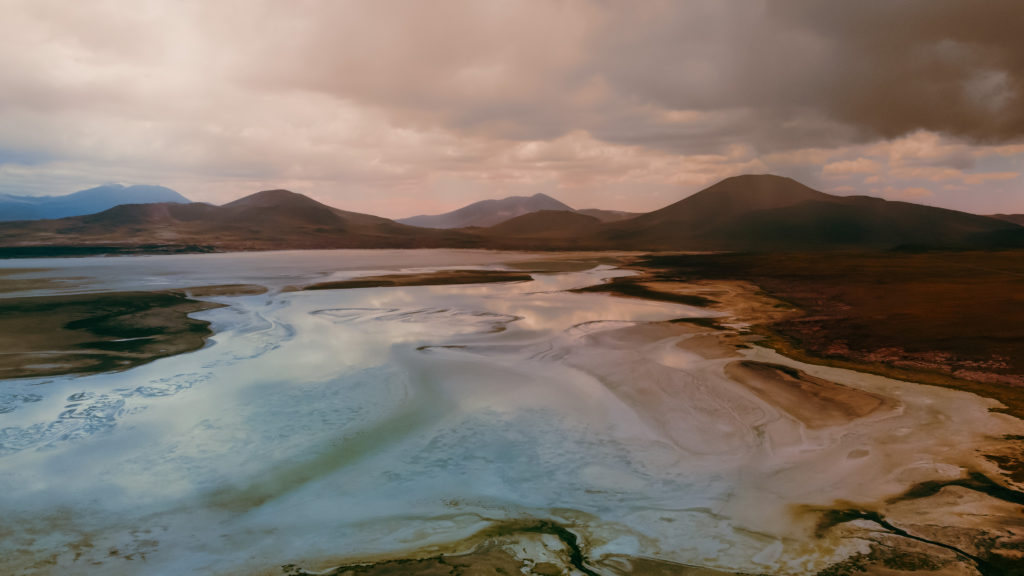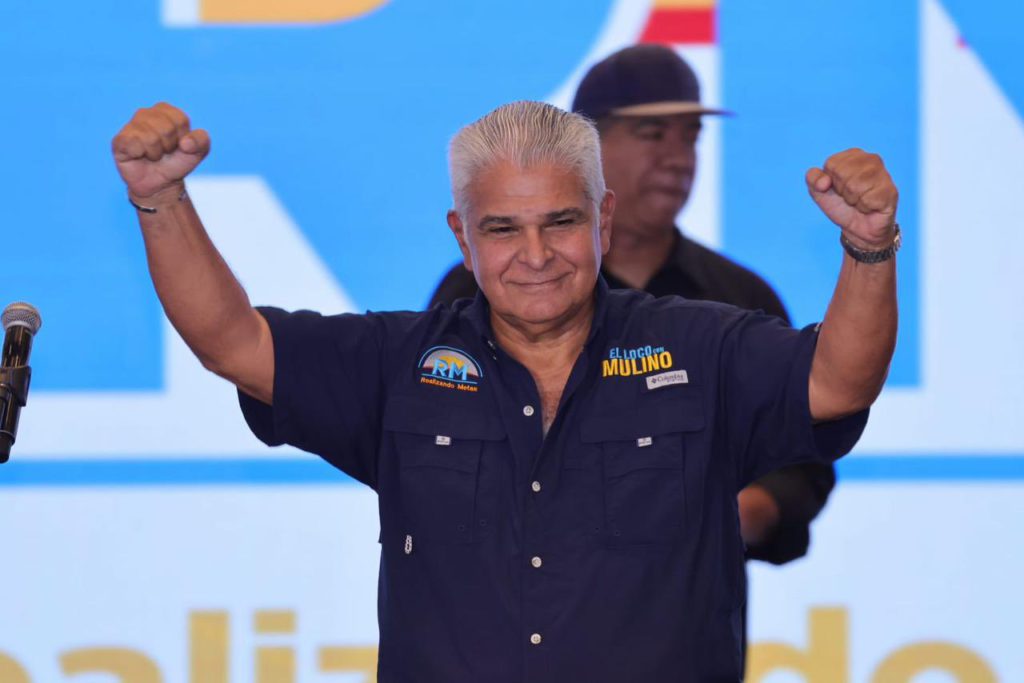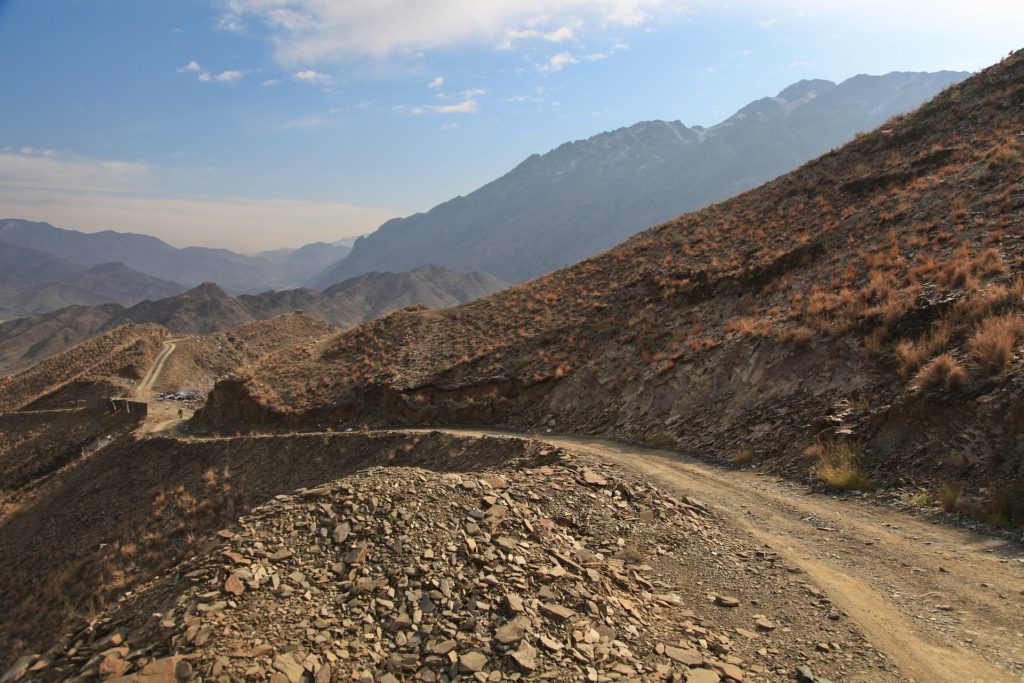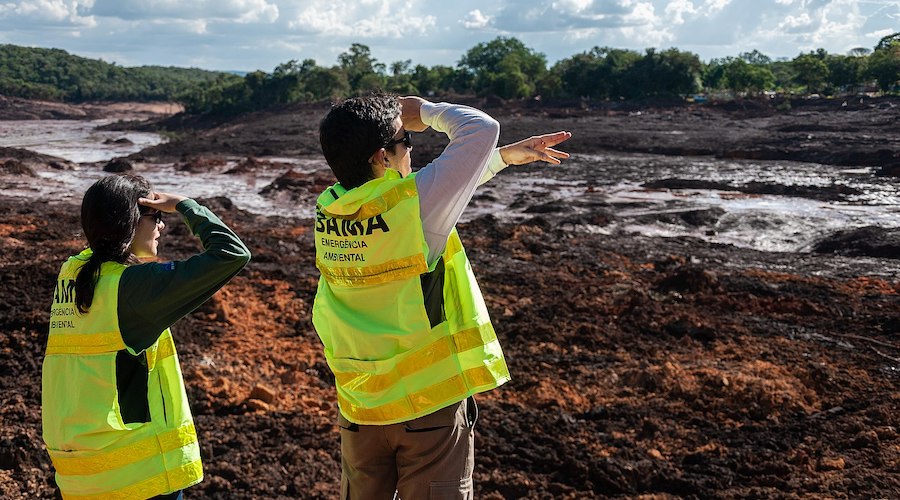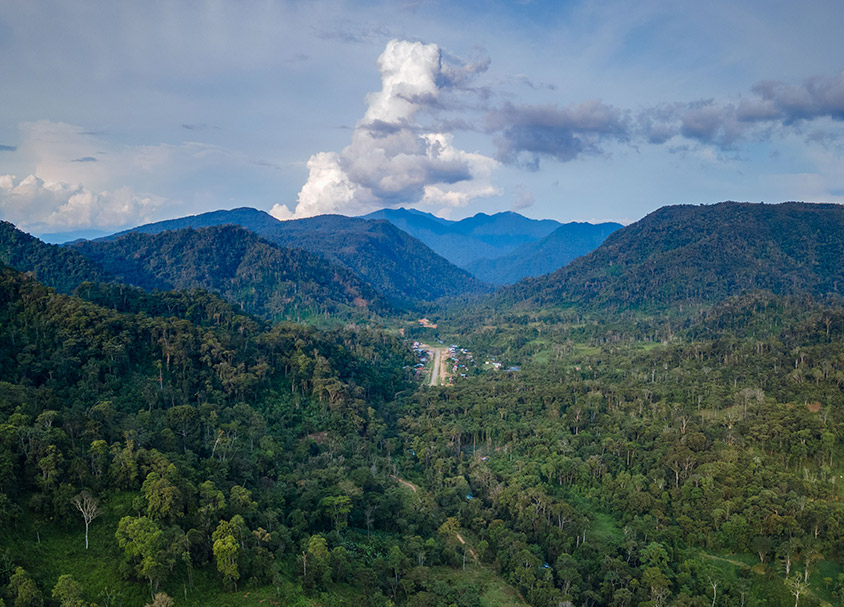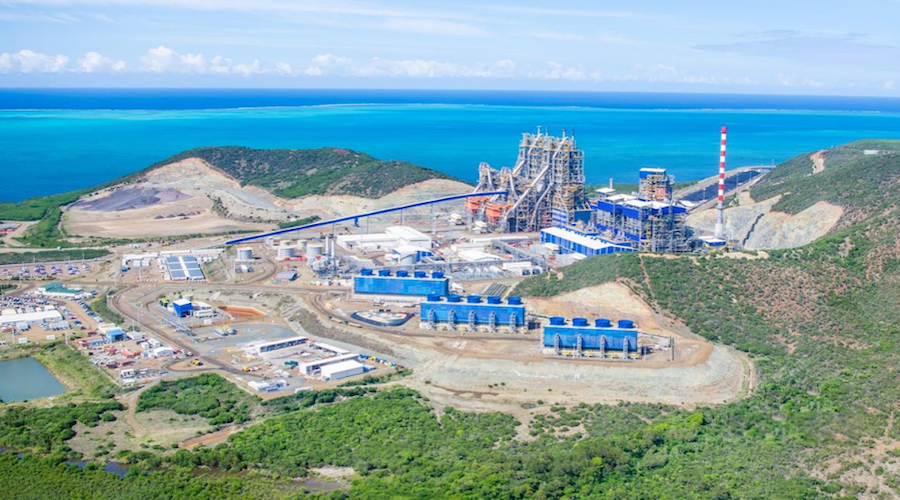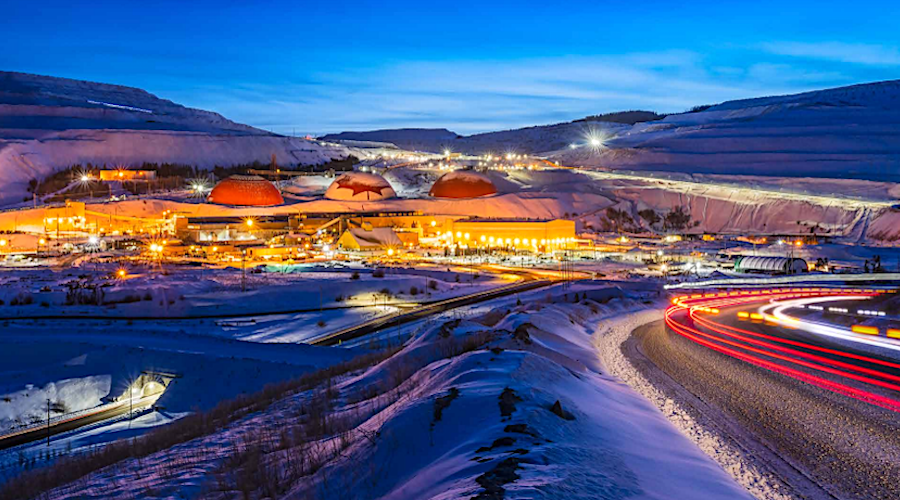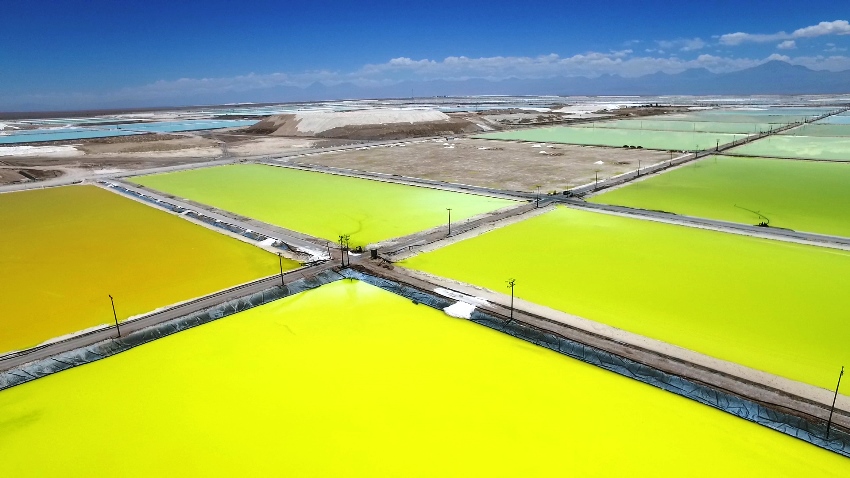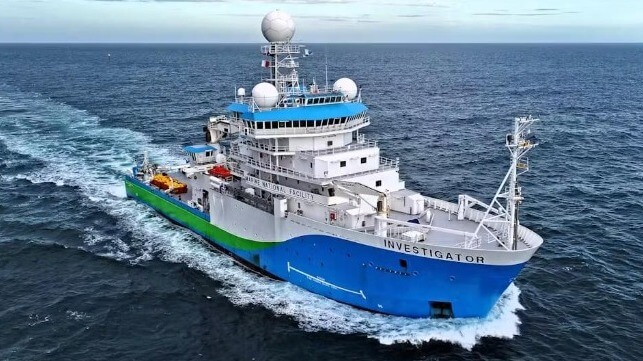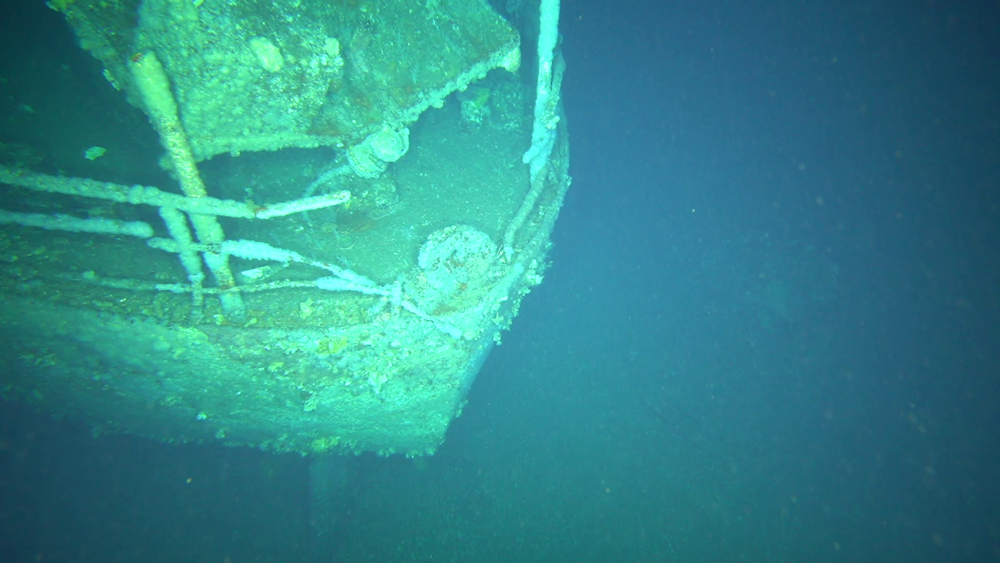By AFP
July 26, 2024

The Kakadu national park will be extended to include the Jabiluka uranium deposit - Copyright AFP/File DAVID GRAY
Australia moved Saturday to ban mining at one of the world’s largest high-grade uranium deposits, highlighting the site’s “enduring connection” to Indigenous Australians.
The Jabiluka deposit in northern Australia is surrounded by the heritage-listed Kakadu national park, a tropical expanse of gorges and waterfalls featured in the first “Crocodile Dundee” film.
Prime Minister Anthony Albanese said the national park would be extended to include the Jabiluka site — which has never been mined — honouring the decades-long desires of the Mirrar people.
“They were seeking a guarantee that there would never be uranium mining on their land,” Albanese told a crowd of Labor Party supporters in Sydney.
“This means there will never be mining at Jabiluka,” he added.
Archaeologists discovered a buried trove of stone axes and tools near the Jabiluka site in 2017, which they dated at tens of thousands of years old.
The find was “proof of the extraordinary and enduring connection Aboriginal and Torres Strait Islander have had with our land”, Albanese said.
“The Mirrar people have loved and cared for their land for more than 60,000 years.
“That beautiful part of Australia is home to some of the oldest rock art in the world,” he added.
Discovered in the early 1970s, efforts to exploit the Jabiluka deposit have for decades been tied-up in legal wrangling between Indigenous custodians and mining companies.
It is one of the world’s largest unexploited high-grade uranium deposits, according to the World Nuclear Association.
Rio Tinto-controlled company Energy Resources of Australia previously held mining leases at Jabiluka.
The conservation of Indigenous sites has come under intense scrutiny in Australia after mining company Rio Tinto blew up the 46,000-year-old Juukan Gorge rock shelters in 2020.
Australia’s conservative opposition has vowed to build nuclear power plants across the country if it wins the next election, overturning a 26-year nuclear ban.
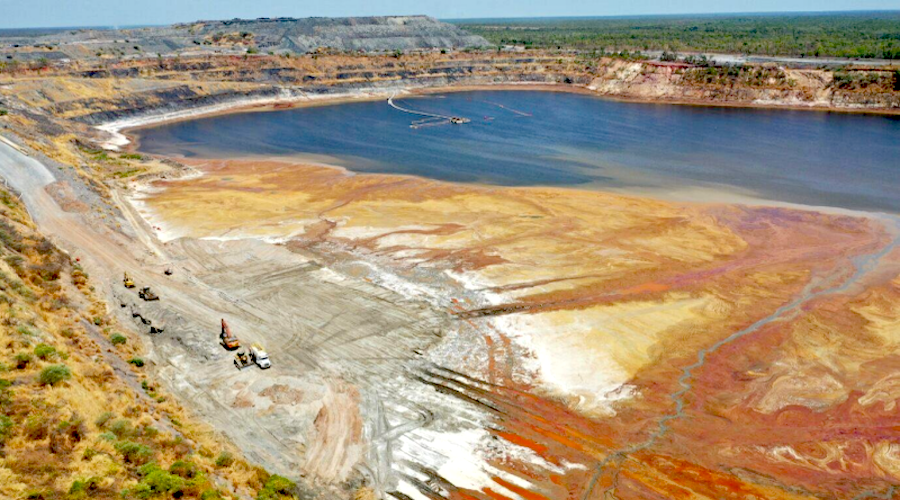
Dewatering of Ranger mine’s Pit 3 as part of ongoing site rehabilitation. (Image courtesy of ERA | Ranger mine closure plan 2023.)
The Australian government has blocked Rio Tinto-controlled Energy Resources of Australia (ASX: ERA) from mining a vast uranium deposit under the Kakadu National Park in the country’s Northern Territory, effectively ending a decades-long dispute over the resource.

ERA had applied in March for a 10-year lease renewal on Jabikula, considered one of the world’s largest untapped deposits of high-grade uranium, as the current permit expires in August.
Energy Resources Australia had applied for a 10-year lease renewal on the Jabiluka uranium mine, under the Kakadu National Park.
NT mining minister Mark Monaghan said in an emailed statement the decision not to renew the lease was partially based on advice from the federal government. “We have gone through a thorough process to ensure that all stakeholder views have been considered in this decision,” Monaghan said. “The federal government advice, along with the wishes of the Mirarr people, were critical to this process and outcome.”
The Northern Territory government declared special reserve status over the Jabiluka area, which is in the surrounds of Kakadu National Park, in May. This prevents any future applications for the granting of a mineral title in the area once the current lease expires.
ERA said in a statement that it is disappointed with the decision and is assessing its options.
Multi-decade blocking attempts
The Mirarr people have long opposed to mining activities in the region, organizing protests in the late 1990s and early 2000s. Rio Tinto has backed the traditional owners’ position in recent years as it works to repair its ties with indigenous groups after destroying sacred rock shelters at Juukan Gorge in Western Australia in 2020 for an iron ore mine expansion.
Rio Tinto takes over Ranger uranium mine site cleanup
Activity in the Australian uranium market has spiked over the past year, with developers such as Boss Energy (ASX: BOE), Bannerman Energy (ASX: BMN) and Deep Yellow (ASX: DYL) seeing their value soar.
Paladin Energy (ASX: PDN), a Western Australia-based uranium miner, recently announced a proposed acquisition of Canadian competitor Fission Uranium (TSX: FCU). If successful, the combined company would produce 10% of global uranium output.
In contrast, ERA’s value has steadily dropped since the Ranger uranium mine, located near Jabiluka, stopped producing in 2021, after 40 years of operations.
Rehabilitation costs for the site have surged to A$2.2bn ($1.4bn) over the past year and the company is expected to run out of funds by year-end. With no other significant assets, raising capital would be a very difficult task.
Shares in ERA closed down on Friday almost 6% to A$0.032. Year-to-date, the stock has lost 20% of its value and the miner’s market capitalization sits at A$803 million ($527m).
No extension to Jabiluka mineral lease
26 July 2024
Energy Resources of Australia Limited says it is disappointed with the Northern Territory Government's decision not to renew the mineral lease for the Jabiluka high-grade uranium deposit. Any decision about the future use of the site now rests with the Federal Government, in consultation with key stakeholders.
.jpg?ext=.jpg) A retention pond at the Jabiluka site, pictured in 2010 (Image: Owen65)
A retention pond at the Jabiluka site, pictured in 2010 (Image: Owen65)The Jabiluka uranium deposit was discovered in the early 1970s and, with resources of more than 130,000 tU3O8 (110,240 tU), is one of the world's largest high-grade uranium deposits. Jabiluka is also a site of international cultural heritage significance, containing extensive rock art galleries of World Heritage significance as well as sacred sites and the archaeological site of the oldest known human occupation in Australia.
A mining lease was granted in 1982. ERA purchased the Jabiluka lease from Pancontinental in 1991, and some development work began with the construction of an access decline excavation around the orebody, but mining was subsequently deferred and in 2005, the Mirarr and ERA formally agreed that mining may only proceed with the written consent of the Mirarr Traditional Owners.
In March, ERA - majority owned by mining giant Rio Tinto - applied for a 10-year lease renewal on the Jabiluka uranium mine, but stressed it had no plans to develop the deposit. At that time, it said renewing the lease was the best way to preserve the mining veto and Jabiluka's cultural heritage.
The Gundjeihmi Aboriginal Corporation, which represents the Mirarr Traditional Owners, had publicly expressed its intention to oppose both the renewal and development of the Jabiluka Mineral Lease.
"Based on advice from the Federal Government, the Jabiluka Mineral Lease will not be renewed," said a statement from Northern Territory's Minister for Mining Mark Monaghan. "As the Mineral Lease relates to a prescribed substance, uranium, there are strict regularity requirements in place, and all proper processes have been followed by the NT and Commonwealth Governments to come to this decision."
In May, the Northern Territory Government announced that a Reserved Land area would prevent any future applications for the grant of a mineral title over the Jabiluka area once the lease ceases. The Reserved Land area will come into effect at the cessation of the Mineral Lease, due to expire on 11 August this year, meaning while this Reserved Land area is in place applications for a grant of any mineral title will not be allowed.
ERA said it "is disappointed with the decision and assessing the options available".
Gundjeihmi Aboriginal Corporation welcomed the decision not to extend the Jabiluka mining lease, saying the decision "ensures that no mining will happen at Jabiluka, ending a decades-long fight by Mirarr and their supporters".
It noted the next steps for government will be to seek inclusion in the World Heritage estate and to work with Mirarr to establish a new set of arrangements to incorporate the area into the surrounding Kakadu National Park.
"It's a hugely significant day for the Mirarr and for all Australians," said Gundjeihmi Aboriginal Corporation CEO Thalia van den Boogaard. "Jabiluka will never be mined and the internationally significant natural and cultural value of the site is finally being recognised and will now be protected. The Mirarr and their supporters have been steadfast in their opposition to this mining project for over four decades. Now the job starts of caring for Jabiluka as the heritage of all Australians."
Researched and written by World Nuclear News
